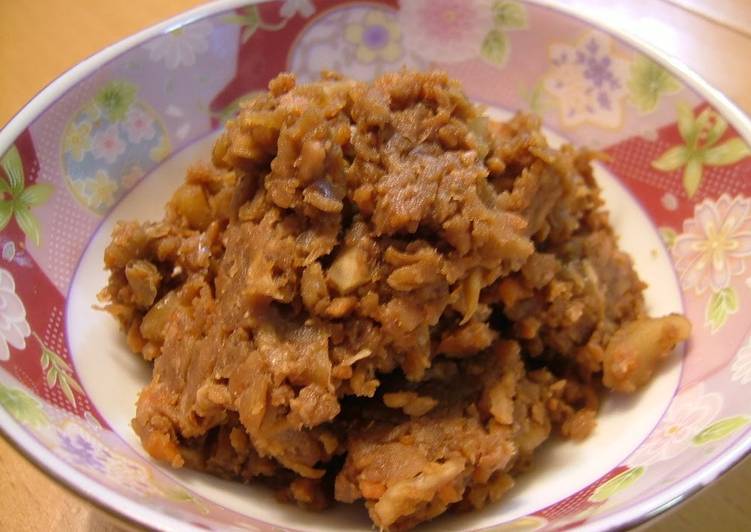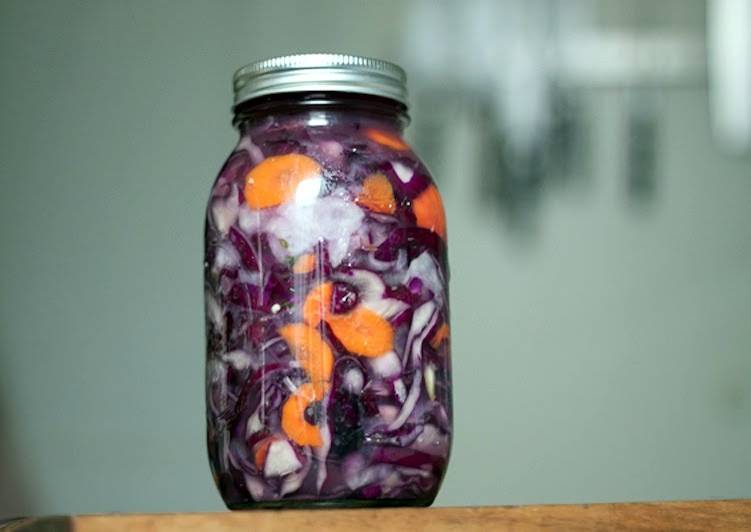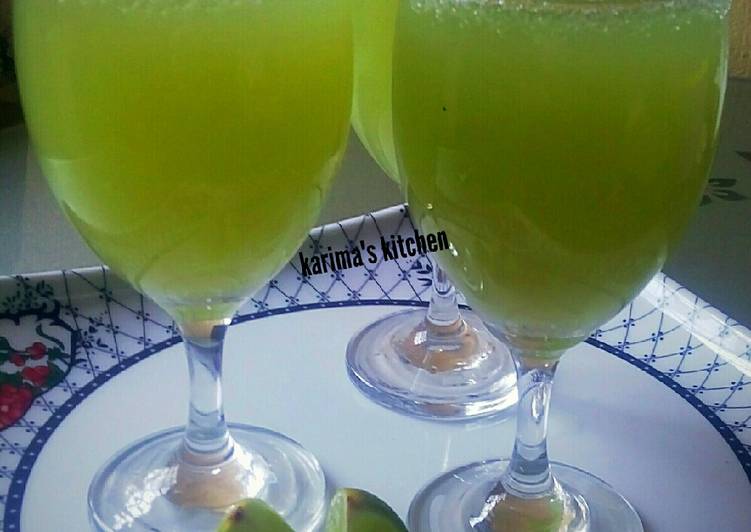
Hey everyone, I hope you are having an amazing day today. Today, we’re going to prepare a special dish, macrobiotic-style vegetable miso. One of my favorites food recipes. This time, I will make it a bit unique. This will be really delicious.
Macrobiotic-Style Vegetable Miso is one of the most popular of recent trending meals in the world. It is enjoyed by millions daily. It is easy, it is quick, it tastes delicious. Macrobiotic-Style Vegetable Miso is something that I’ve loved my entire life. They’re fine and they look wonderful.
Have you heard of the "Macrobiotic Diet"? I recently met Angelica Kushi, who clarified what Macrobiotics is for me. There are a ton of variations on this incredible miso soup, but I'll tell you the ingredients we Vegetable-Miso Soup with Chickpeas - Eat Clean With Shira Bocar.
To begin with this recipe, we have to first prepare a few ingredients. You can have macrobiotic-style vegetable miso using 7 ingredients and 3 steps. Here is how you can achieve that.
The ingredients needed to make Macrobiotic-Style Vegetable Miso:
- Take Burdock root
- Make ready Carrot
- Make ready Kiriboshi daikon (shredded dried daikon radish)
- Take Walnuts
- Get Miso
- Get Beet sugar
- Get Olive oil (vegetable oil)
SHI Macrobiotics provides clear dietary and lifestyle practice information essential for personal and planetary health. This knowledge is shared at SHI through educational macrobiotic programs, macrobiotic counseling, macrobiotic books and connecting similar people. Macrobiotics is a system that can be used to create extraordinary health, through using both traditional wisdom and modern knowledge to ascertain the underlying causes of an individuals current health challenges, and make adjustments to their food and. UNSURPASSED FLAVOR - Yamaki Soybean Miso flavor is unsurpassed.
Instructions to make Macrobiotic-Style Vegetable Miso:
- Mince the burdock root and carrot. Quickly wash and wring-dry the kiriboshi daikon, then mince. Roughly chop up the walnuts.
- Heat oil in a frying pan and cook the burdock root until fragrant. Then add the carrot and kiriboshi daikon. Cook until the vegetables have wilted.
- Add the walnuts, miso, and beet sugar and cook, being careful not to burn it. Once the oil has thoroughly soaked in and is glossy, it's complete.
With this unpasteurized miso you can rest assured that you are receiving This miso is especially recommended for the cold season and as a base for blending with lighter sweet misos. It also makes delicious pickles of tofu or. Macrobiotic food with seafood, tofu, udon and sobu noodles, miso paste, grains, legumes, fruit, vegetables Macrobiotic food from sprouts for vegetarian meal. Young microgreen vegetable peas. raw sprout vegetables germinated from plant seeds on white. Macrobiotic was first introduced by Japanese person whose name is Yukikazu Sakurazawa so macrobiotic in Japan is based on Japanese Traditional food style.
So that is going to wrap this up with this exceptional food macrobiotic-style vegetable miso recipe. Thanks so much for reading. I’m confident you can make this at home. There’s gonna be interesting food in home recipes coming up. Remember to save this page on your browser, and share it to your loved ones, colleague and friends. Thank you for reading. Go on get cooking!


